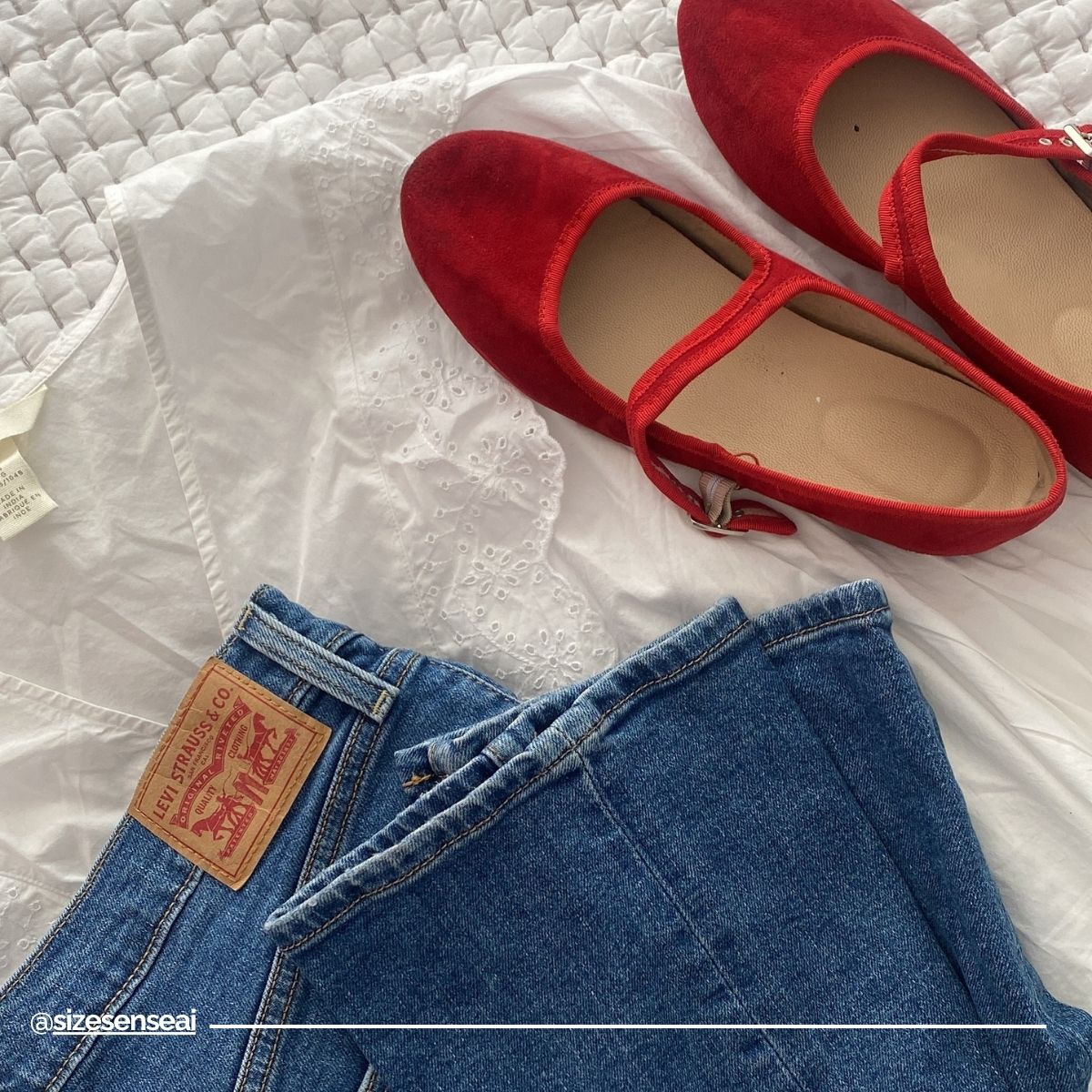Imagine this: A first-time customer orders a stunning dress online. It arrives, fits like a dream, and she feels amazing wearing it. Naturally, she thinks, “This brand knows what they’re doing – I’ll definitely shop here again!”
Now picture the opposite. She orders the same dress, but when it arrives, it’s too tight in the bust and too loose in the hips. Frustrated, she packs it up for a return and thinks, “I won’t risk buying from this brand again.”
In both cases, the product and sizing system were exactly the same. Yet the customer’s perception of the brand was shaped entirely by the outcome.
This is Outcome Bias in action.
What Is Outcome Bias?
Outcome Bias is a psychological tendency where people judge a decision based on its result rather than how sound the decision was at the time it was made. In fashion, this plays out when a shopper evaluates a brand not based on product quality or service, but on whether the item they received fits well.
This means even a perfectly constructed garment can lead to negative impressions if the customer picks the wrong size.
Why Outcome Bias Matters for Fashion Brands
For online fashion retailers, Outcome Bias can make or break customer loyalty. When a shopper finds their perfect fit the first time, they tend to believe the brand is flawless. On the other hand, a poor fit can drive them away for good, even if the issue lies in user error, skipped size guides, or misjudging measurements.
The hard truth? Your team might have done everything right – designers, patternmakers, tailors, quality control, marketers, and developers – but a single size mismatch can undermine all that effort in the eyes of the customer.
That’s the power of Outcome Bias.
How to Overcome Outcome Bias in Fashion
So how can brands guard against this bias and deliver consistently positive experiences?
1. Guide Customers to the Right Size
The most effective way to counter Outcome Bias is to help customers make better decisions. Provide sizing tools that offer clarity and accuracy. Size recommendation technologies like SizeSense can help shoppers align their body measurements with garment specs and choose the right size confidently.
2. Communicate Fit Expectations
Make sure your product pages clearly describe the design of the clothing whether a garment is fitted, semi-fitted, or loose. Include detailed garment measurements, fit notes, and even body shape considerations. Educated customers are less likely to feel disappointed with their purchase.
3. Collect Feedback and Adjust Accordingly
Monitor return reasons and fit complaints closely. If a certain style consistently gets negative feedback, reevaluate the design or grading. Understanding patterns in return behavior can help minimize future issues.
4. Create a Personalized Shopping Experience
When customers feel understood, they’re more likely to come back. Offer features like profile-based recommendations, saved preferences, and user-generated fit reviews. These steps build trust and mitigate the negative impact of one-off experiences.
Final Thoughts: Trust Begins with Fit
Outcome Bias will always be a factor in how shoppers perceive your brand. But by proactively guiding customers toward the right size and delivering on their expectations, you can ensure the outcome they remember is a positive one.
Because when the fit is right, it’s not just about comfort – it’s about confidence. And confidence is what turns a first-time buyer into a lifelong customer.

Leave a Reply
You must be logged in to post a comment.